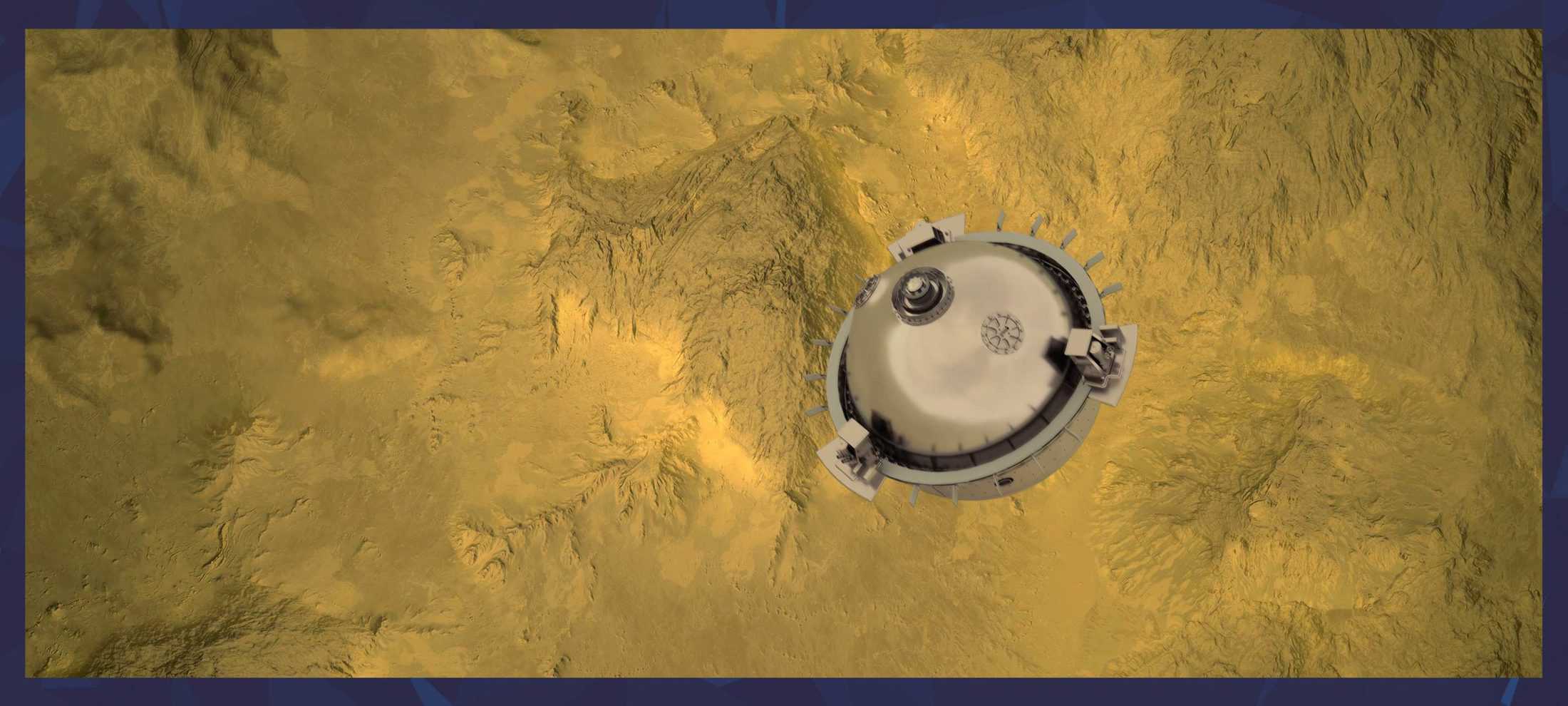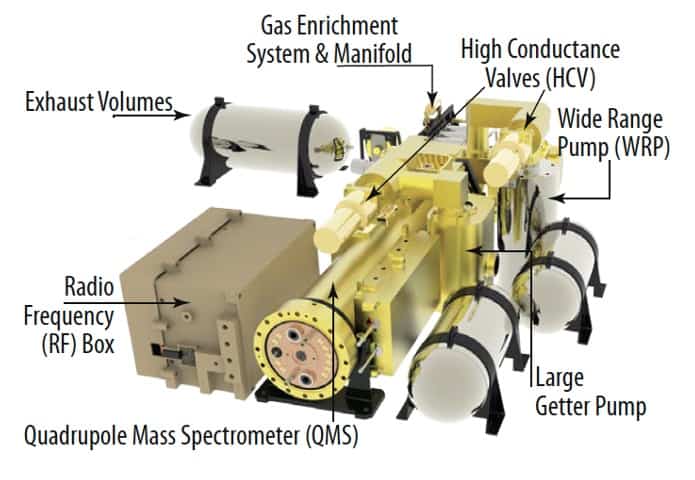
Space Physics Research Laboratory to build “main electronics box” for DAVINCI mission instrument
SPRL will provide components for the Venus Mass Spectrometer (VMS)

SPRL will provide components for the Venus Mass Spectrometer (VMS)
NASA summarizes the role of the Venus Mass Spectrometer (VMS) instrument on the upcoming DAVINCI mission to Venus in a new update. The DAVINCI mission is currently slated for launch in 2029.
While the VMS itself will be assembled at NASA’s Goddard Space Flight Center in Greenbelt, MD., the U-M Space Physics Research Laboratory will play a key role in building the electronics heart of the VMS.
“Meet VMS – the briefcase-sized chemistry lab headed to Venus
“Short for Venus Mass Spectrometer, VMS is one of five instruments aboard the DAVINCI descent probe. Launching in 2029, DAVINCI will be the first US probe mission to enter Venus’ atmosphere in over 40 years. The goal of the mission is to explore Venus to determine if it was habitable, and to understand how it ended up as inhospitable as it did...”
Read the full article here: https://www.nasa.gov/feature/goddard/2021/davinci-vms

Climate & Space Prof. Sushil Atreya will also play a major role on the DAVINCI mission, leading the origin and evolution of Venus atmosphere scientific effort. Read more about Prof. Atreya’s role here: https://clasp.engin.umich.edu/2021/06/09/professor-sushil-atreya-will-play-a-leading-role-on-the-davinci-mission-to-venus/